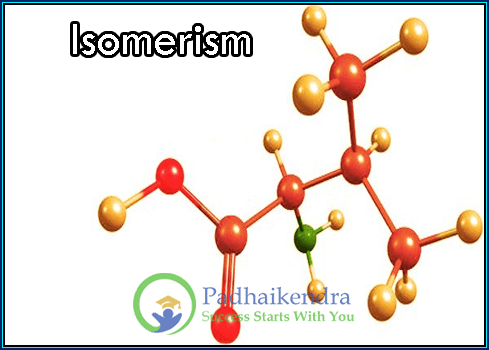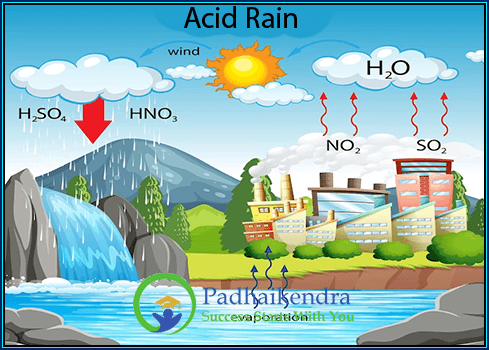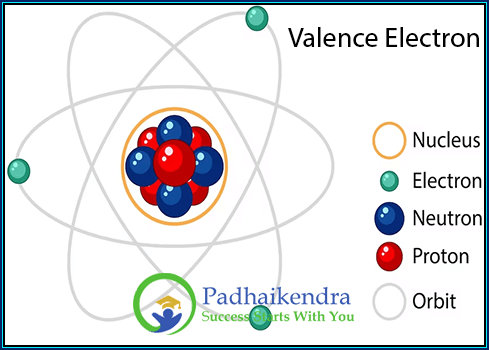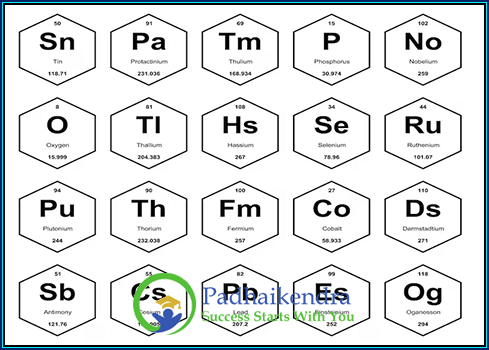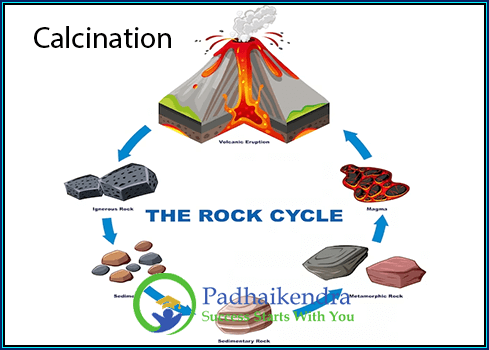Isomerism is a phenomenon where two or more molecules have the same chemical formula but different arrangements of atoms within the molecule. These different arrangements of atoms lead to different chemical and physical properties, such as melting point, boiling point, solubility, and reactivity.
There are different types of isomerism, including structural isomerism, stereoisomerism, and geometrical isomerism. Structural isomers have different structures of the same molecular formula, while stereoisomers have the same molecular formula and the same order of atom connectivity but differ in their three-dimensional orientation. Geometrical isomers are a type of stereoisomerism that arises due to restricted rotation around a carbon-carbon double bond or a ring structure, resulting in different spatial arrangements of the groups attached to the carbon atoms.
Isomerism plays an important role in organic chemistry and biochemistry, where different isomers of a molecule can have very different biological activities and pharmacological properties. For example, the two isomers of the drug thalidomide have vastly different effects on the human body, with one isomer being a powerful sedative and the other causing severe birth defects when taken by pregnant women.
Isomerism FAQs
Isomers are compounds that have the same molecular formula but differ in their structural arrangement or spatial orientation. They exhibit distinct chemical and physical properties due to these differences.
Constitutional isomers have different connectivity of atoms, meaning the atoms are bonded in different ways. Stereoisomers, on the other hand, have the same connectivity but differ in their spatial arrangement.
There are two main types of stereoisomers: geometric (cis-trans) isomers and optical (enantiomeric) isomers. Geometric isomers have different spatial arrangements around a double bond, while optical isomers are non-superimposable mirror images of each other.
Cis-trans isomers occur when there is restricted rotation around a double bond or in a cyclic structure. They have different spatial arrangements around the double bond, leading to different physical and chemical properties.
Enantiomers are a type of optical isomer that are mirror images of each other and cannot be superimposed. They have the same connectivity of atoms but differ in the arrangement of groups around a chiral center. Enantiomers exhibit optical activity and often have different biological activities.
Yes, isomers can have different chemical reactivity despite having the same molecular formula. The spatial arrangement of atoms can influence how a molecule interacts with other molecules, affecting its reactivity in chemical reactions.
Isomers play a significant role in drug development and pharmaceuticals. Different isomers of a compound can have varying pharmacological properties, including efficacy and side effects. Understanding and controlling isomerism is essential in producing safe and effective medications.
Isomers are crucial in materials science for designing and developing new materials with specific properties. Different isomeric forms of a compound can exhibit distinct physical and chemical properties, making them valuable for applications in fields such as electronics, catalysis, and polymers.

